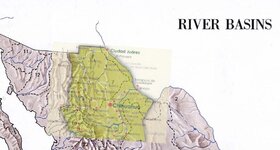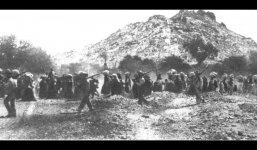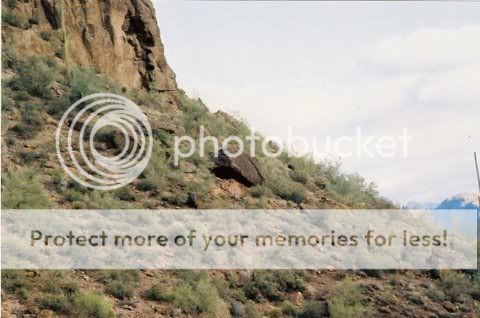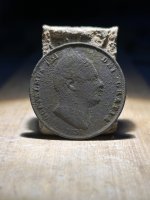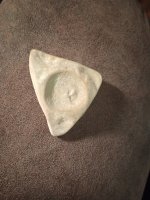sdcfia
Silver Member
- Sep 28, 2014
- 3,654
- 8,870
- Primary Interest:
- Other
Tony's story sounded like a composition of details from several other treasure tales. ...
Yes, it's a bit mixed up all right. Some of it sounds like Victorio Peak. But - Yaquis at Victorio Peak on a yearly basis? Seems out of their range, but then the trek to the cave supposedly began in Chihuahua. Of course, the Native source could have been - and I'd say the odds are pretty decent that he was - being deceptive. Why wouldn't he? Maybe the Native was not a Yaqui, but an Apache. The storyteller slipped up on this at least once. Supposedly, the problem for searchers was finding a spring at the base of the properly-shaped hill. Lots of volcanic cones out there.


